Old Iron Database
Townsend Mfg. Co.
The first model was a 10-20 with a tow cylinder 6 x 8-inch engine, This model was known as the “Bower City”. Apparently, this trade name was used until the 1918 introduction of the 12-25, a two-cylinder rig with a 7 x 8-inch engine. The 15-30 was announced in 1919. It used the same engine as the 12-25 and had a few minor improvements. Constant additions were made to the Townsend line. By 1924, five models were offered, 15-30, 20-40, 25-50, and 30-60. The fifth model was a new 12-25, Townsend’s only model that didn’t look like a steam engine. Townsend tractors were probably the most distinctive of any tractor line ever built. In spite of its rugged mechanical design, it became increasingly obvious that the heavy, cumbersome tractor was on the way out. Townsend rose to the task with its 12-20 model first offered in 1924. The unbearable competition of the 1920s was tapped off by the Great Depression, leading to the takeover by LaCrosse Boiler Company.
history
Roy C Townsend, the designer of the Townsend tractor, was associated with Fairbanks, Morse, & Company for several years. During this time, Townsend had a lot to do with the development of Fairbanks-Morse tractors. When the Fairbanks-Morse people put the lid on new tractor development, Townsend went on alone with an idea for a “boiler frame” tractor. Indications are that Canadian Fairbanks-Morse maintained an interest in tractors, since they began selling the Townsend tractors in Canada in 1916, and continued to sell them for several years. Townsend set up shop at Janesville in 1915. In early 1931, LaCrosse Boiler Company at LaCrosse Wisconsin took over the Townsend operations and offered the 12-25, 20-40, and 30-60 models as late as 1932. Roy Townsend joined another company, but Townsend tractors soon disappeared.
links
Content contributed by:





